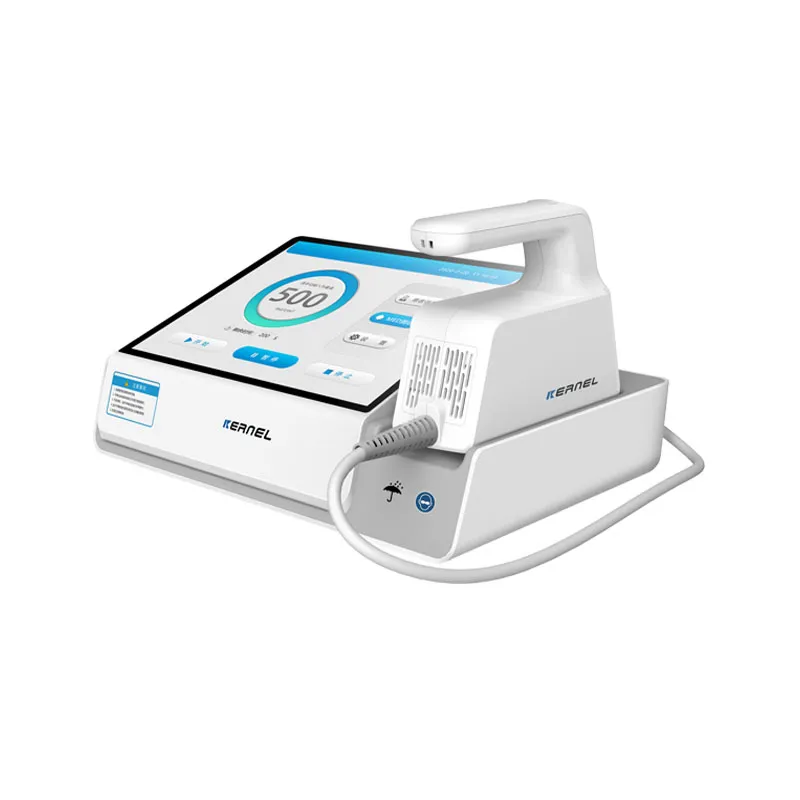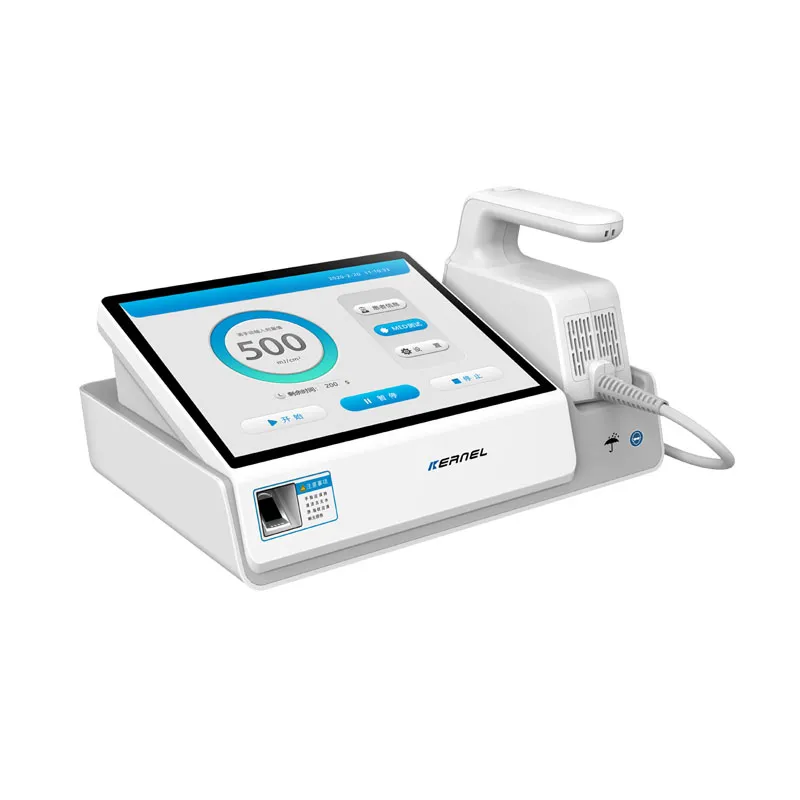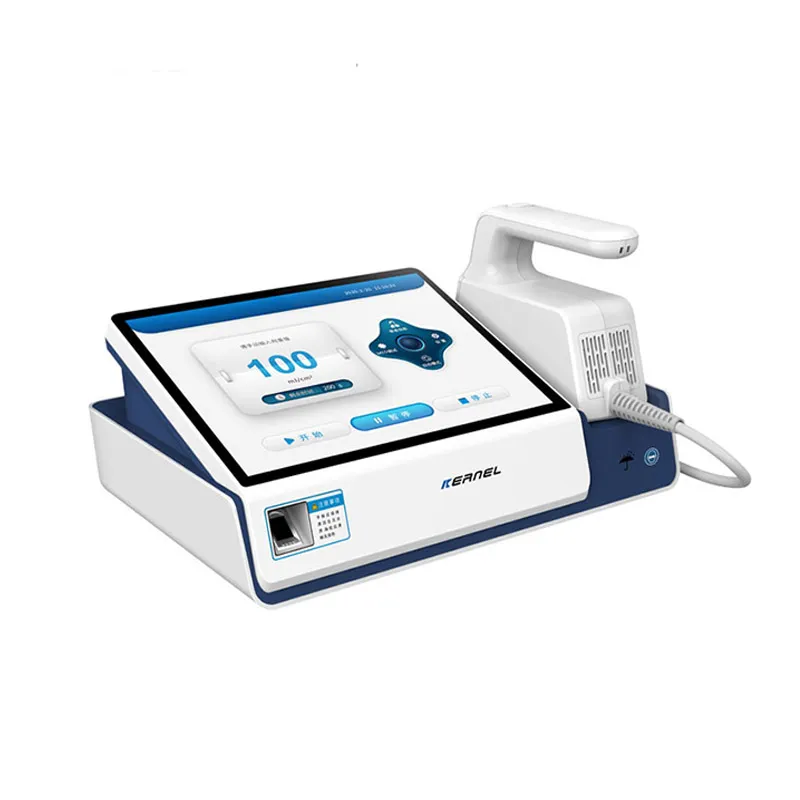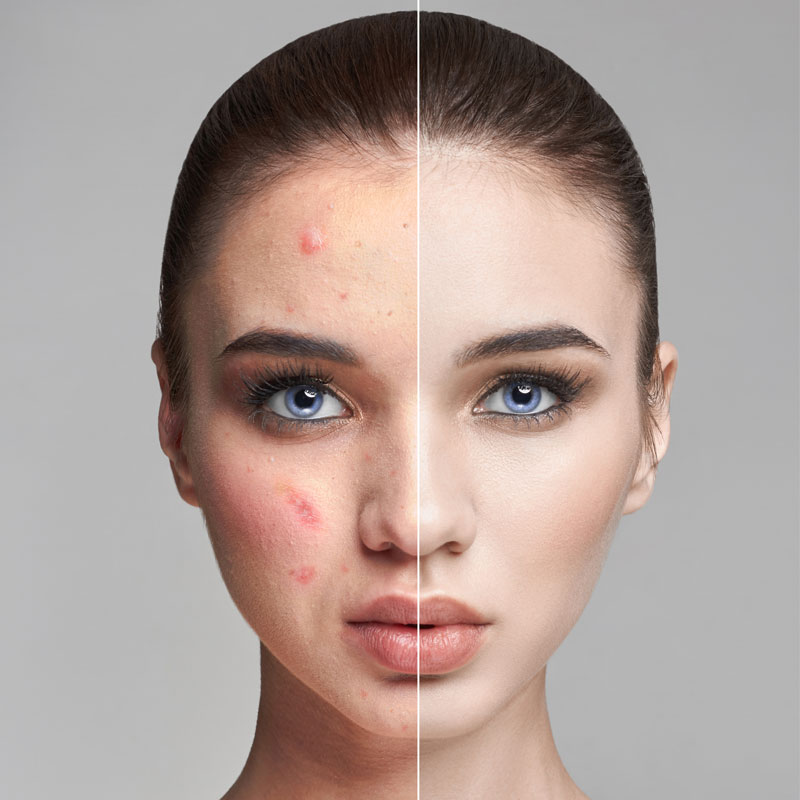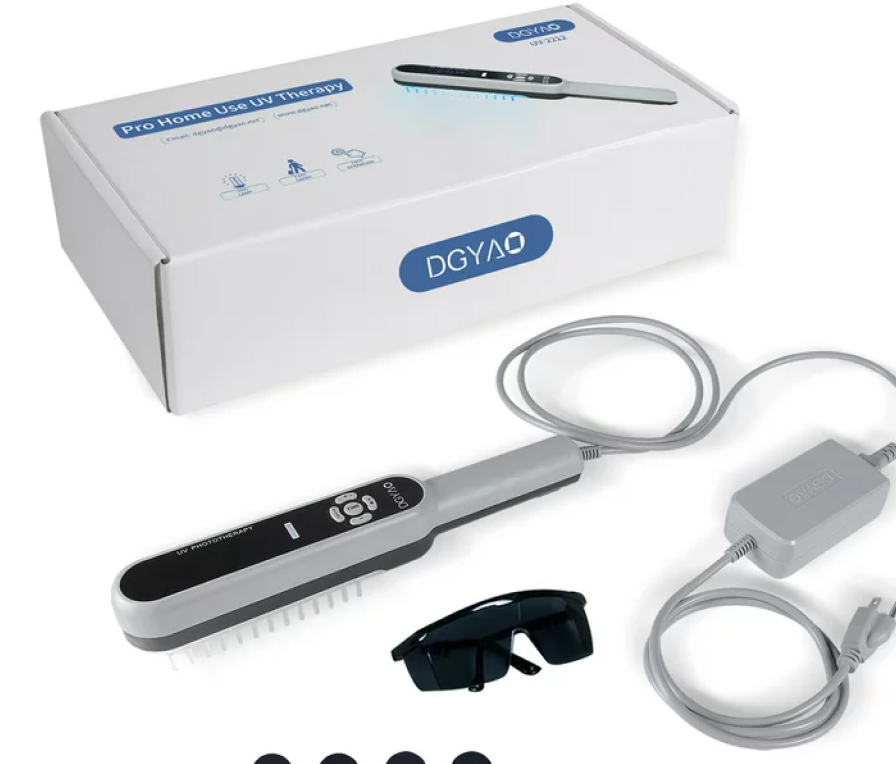Tranexamic acid has been making waves in the skincare world, and with good reason. Known for its ability to target hyperpigmentation and uneven skin tones, this ingredient is adored by dermatologists and beauty enthusiasts alike. If you’re curious about how it works, its benefits, and how to incorporate it into your routine, this guide has everything you need to know.
How Does Tranexamic Acid Work?
Tranexamic acid is a synthetic derivative of lysine, an amino acid. Originally developed as a treatment to help with blood clotting, it was discovered that it also has remarkable benefits for the skin. Tranexamic acid works by inhibiting the production of tyrosinase, an enzyme critical in melanin production, and by reducing inflammation. This dual approach makes it highly effective for addressing skin discolorations like dark spots, melasma, and redness.
As Dr. Amelia Tran, a board-certified dermatologist, explains, “Tranexamic acid targets hyperpigmentation at the cellular level, making it a powerful solution for those looking to even out their skin tone.”
Does Tranexamic Acid Fade Dark Spots?
Absolutely! One of the standout benefits of tranexamic acid is its ability to fade dark spots caused by hyperpigmentation. Hyperpigmentation occurs when excess melanin (the pigment that gives skin its color) forms due to sun exposure, hormonal changes, or skin trauma.
Several studies have demonstrated tranexamic acid’s effectiveness in reducing hyperpigmentation, particularly when it comes to conditions like melasma. It’s a gentler alternative to stronger treatments like hydroquinone, making it suitable for individuals with sensitive skin.
Is Tranexamic Acid Good for Acne Scars?
Tranexamic acid can be beneficial for post-inflammatory hyperpigmentation (PIH)—the dark marks that are left behind after acne heals. While it doesn’t treat the textural aspects of acne scars (like indentations), it can help fade the discolored spots left behind, leading to a more even complexion.
If you’re dealing with both active acne and PIH, tranexamic acid is an excellent addition to your routine as it addresses discoloration without increasing irritation.
Is Tranexamic Acid Good for Skin?
Yes, tranexamic acid is excellent for skin health, provided your goal is to target pigmentation issues or uneven skin tone. Its gentle, non-irritating properties make it suitable for most skin types, including sensitive skin.
Here are some key benefits:
- Fades pigmentation: Works wonders on dark spots and melasma.
- Evens skin tone: Reduces redness and discoloration.
- Safe for sensitive skin: Unlike stronger brightening agents, it’s less likely to cause irritation.
- Great for prevention: Helps inhibit further pigment production, keeping your skin tone balanced.
How to Use Tranexamic Acid in Your Routine
Tranexamic acid is versatile and can be easily added to your skincare routine, often found in serums, creams, or spot treatments. Here’s a step-by-step on how to use it:
- Cleanse: Start with a gentle cleanser to remove dirt and oil.
- Apply Tranexamic Acid: Use a serum or product containing tranexamic acid after cleansing. Most are applied in the serum step before moisturizer.
- Moisturize: Follow with a good moisturizer to seal in hydration.
- Use Sunscreen: It’s essential to wear a broad-spectrum SPF during the day, as this will prevent further pigmentation.
While tranexamic acid is gentle, it’s always wise to patch-test a new product to ensure it doesn’t cause irritation.
Is Tranexamic Acid a Retinol?
No, tranexamic acid and retinol are entirely different ingredients with unique purposes. Retinol is a derivative of Vitamin A, famously used to accelerate skin cell turnover and reduce fine lines, wrinkles, and acne. Tranexamic acid, on the other hand, is specifically designed to address pigmentation and discoloration.
Both ingredients are valuable in their own right, and together, they can create a well-rounded routine—especially for those looking to combat signs of aging and uneven skin tone.
Can I Use Retinol and Tranexamic Acid Together?
Yes, you can definitely use tranexamic acid and retinol together, as they complement each other beautifully. While retinol boosts cell turnover to improve texture and tone, tranexamic acid works to fade existing pigmentation and prevent new discoloration from forming.
For best results:
- Use retinol at night, as it can make your skin more sensitive to the sun.
- Combine tranexamic acid either in the morning (with sunscreen) or at night with your retinol.
- Start slowly to avoid overwhelming your skin. For example, use retinol every other night and incorporate tranexamic acid on alternate evenings.
Dr. Laura Lewis, a dermatologist, advises, “Pairing tranexamic acid with retinol allows you to target multiple skin concerns simultaneously. Just make sure to monitor how your skin responds and adjust frequency as needed.”
Final Thoughts
Tranexamic acid is a skincare game-changer for anyone dealing with hyperpigmentation or uneven skin tone. Its gentleness, versatility, and effectiveness make it a must-have ingredient, especially for those with sensitive skin or pigmentation issues.
If you’re ready to experience the benefits of tranexamic acid, explore products that incorporate it into their formulations. With consistent use, you’ll be on your way to a clearer, brighter, and more even-toned complexion.
Have you tried tranexamic acid in your routine? Share your experience in the comments below!





